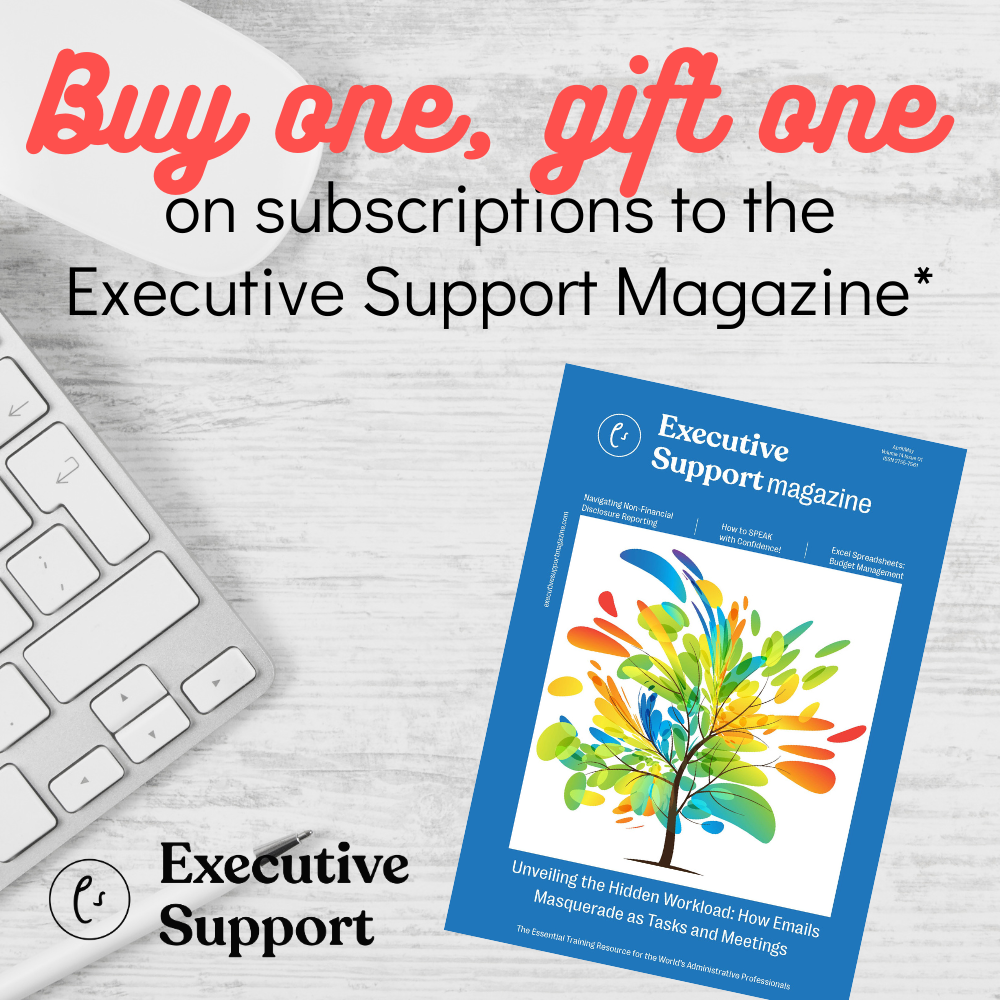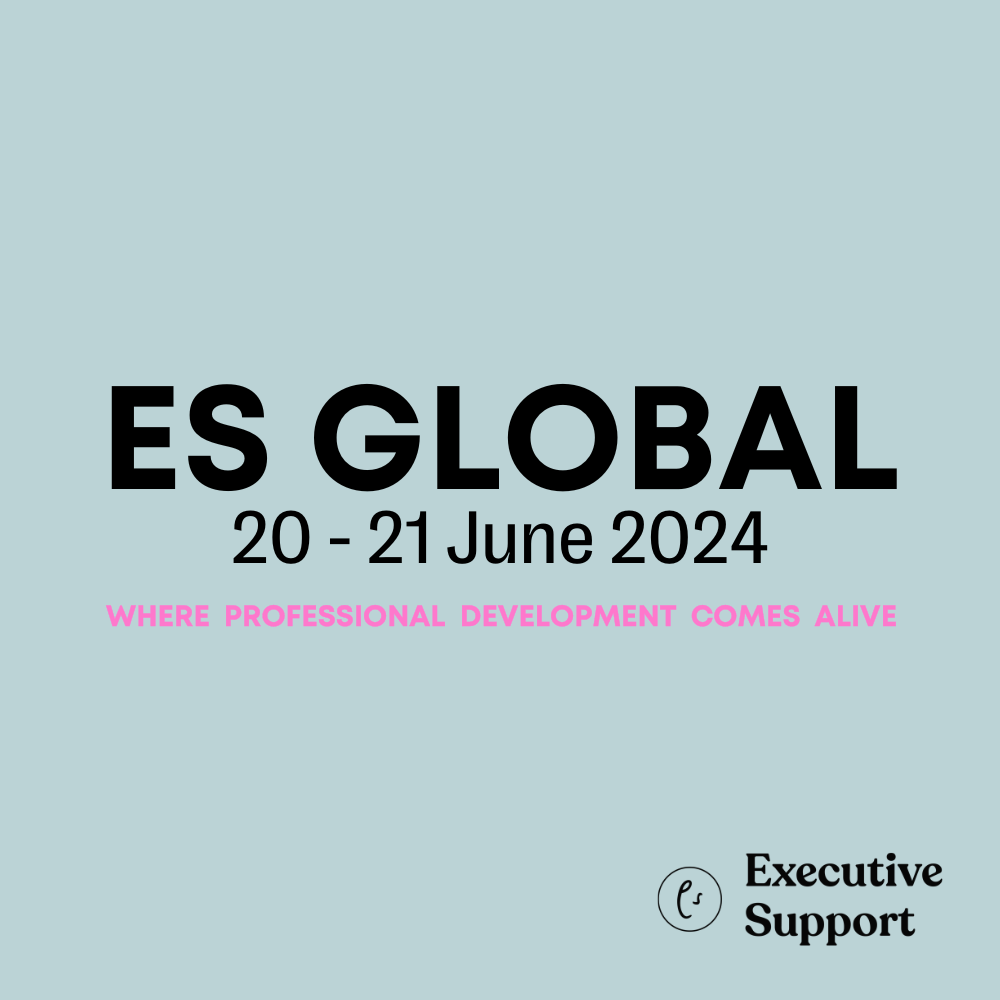
Karen O’Donnell lists her top tips for resolving communication problems
Have you ever been on the receiving end of someone misinterpreting your words? Perhaps you have sent a perfectly innocent email or text and realised that the email recipient took offence – their interpretation was not your meaning!
Communication is vital in all aspects of work. When communicating be crystal clear. Where you need to and it’s appropriate, seek clarification that what you meant was what was understood! “Let me clarify, I’m not sure I explained well. What did you hear me say?”
Listen with the intent to understand, not the intent to reply
Stephen Covey
Why do communication breakdowns happen?
In conversations, the words that we hear, and their meanings are all filtered through our own unique context grid which is made up of our strongly held opinions, beliefs, and attitudes which have been shaped and reinforced over a lifetime. This results in us all unknowingly, putting our own interpretation or spin on the words of others.
Within the work environment, when you are dependent on someone to get a task accomplished, it is essential that you build a relationship with that person that will lead to open task-related communication.
Traditional conversations tend to be defined by what we tell rather than by what we ask. What I have learned from all my coaching experience is that building relationships, solving problems, and moving situations forward positively, requires asking the right questions.
The art of enquiry is necessary to facilitate collaboration at work. Work colleagues come with a variety of conflicting personalities and styles. Getting to a point where everyone can collaborate and work in harmony can be a challenging task and takes time. We must always aim to understand as well as be understood.
In order to enhance our relationships – and our communications – we need to adopt the ABC of courageous conversations; the art of enquiry:
Asking questions to which you may not already know the answer;
Building a relationship based on curiosity and interest in the other person; and
Clarification – seeking clarification so as you understand what is being said.
An objective of every courageous conversation is to enhance the relationship – whether it’s with a work colleague, family member or friend. With courageous conversations we can connect, communicate and collaborate more effectively at a deep level of understanding.
All courageous conversations start with self-enquiry, following the WOW approach:
What happened: Without an overlay of our assumptions, what happened and how does that make you feel? Who else is it effecting – family/work colleagues?
Own It: How might you have contributed to this situation? Something you did/did not say or do?
Win-Win: For you and the other person. When it’s resolved, what positive implication will it have for you/other person and family or work? How does it make you feel? Who else will benefit from this resolution – family/work colleagues?
Once you are clear on where you stand with this issue, is there someone you need to have a courageous conversation with?
Getting started
Before you begin your courageous conversation bear these tips in mind:
Tip 1: Park your emotions on the shelf. If you are in an emotional state, this is not the time to have the conversation… wait. Instead, come from a place of curiosity.
Tip 2: Have the end in sight. What is it you want to achieve in this conversation?
Tip 3: Be patient and listen. Slow the conversation down. And listen. We all like to be heard; really heard. They may well have insights you hadn’t counted on.
Courageous conversations can enhance your working relationship. Making room for courageous conversations can deepen that connection, communication and collaboration. This is why actively encouraging courageous conversations and using the art of enquiry can make such a positive impact on our lives at work and elsewhere.













